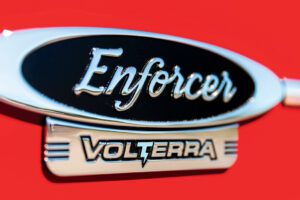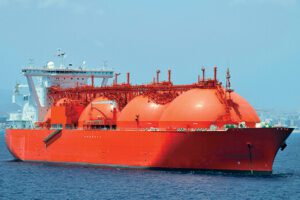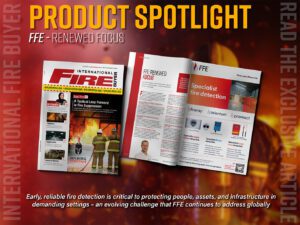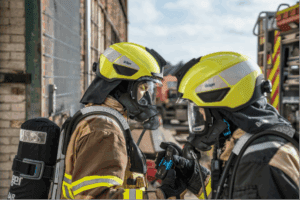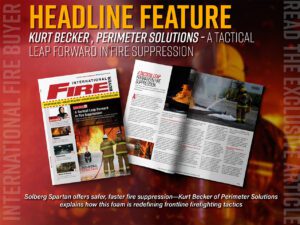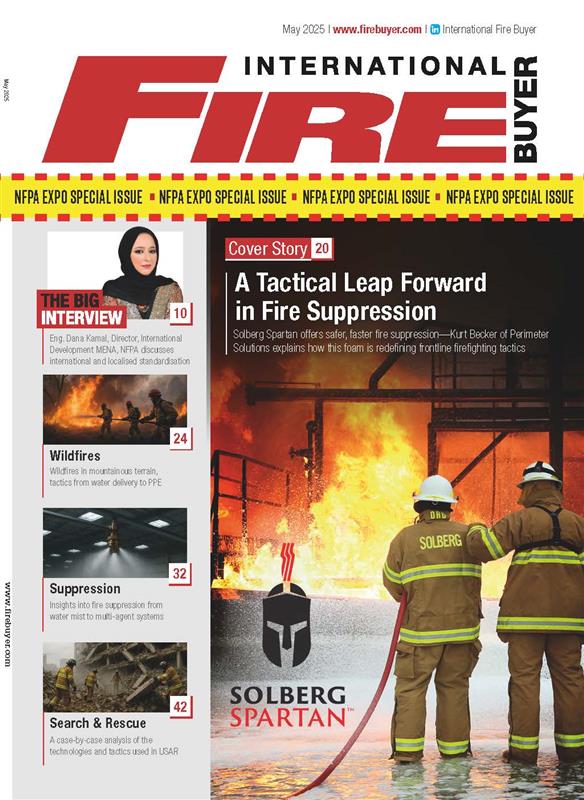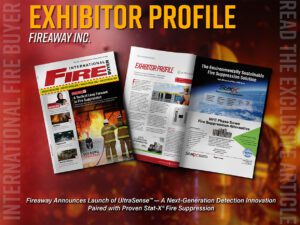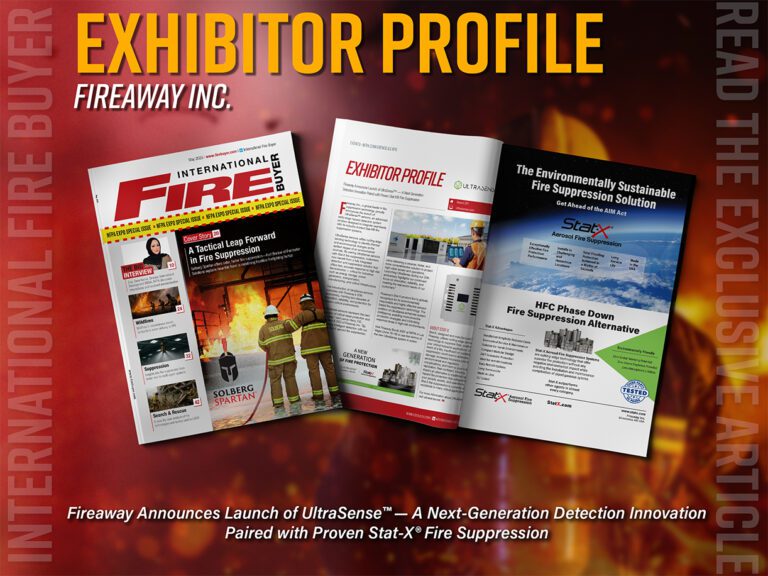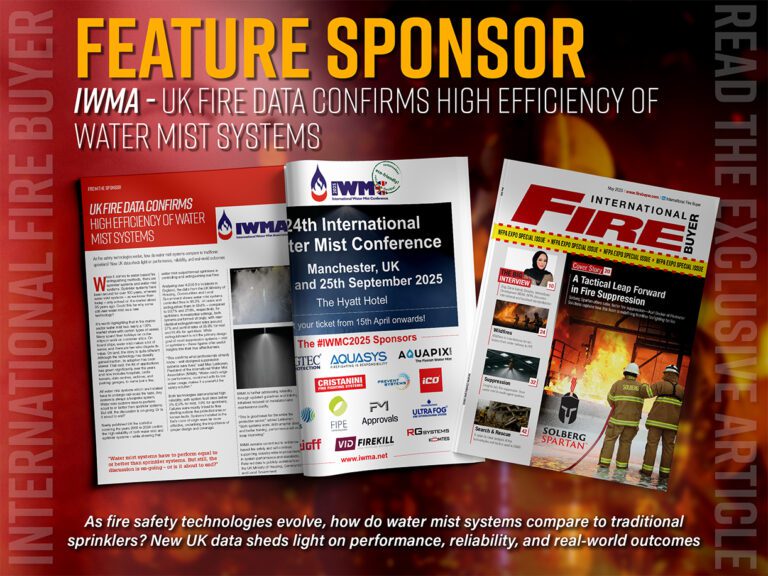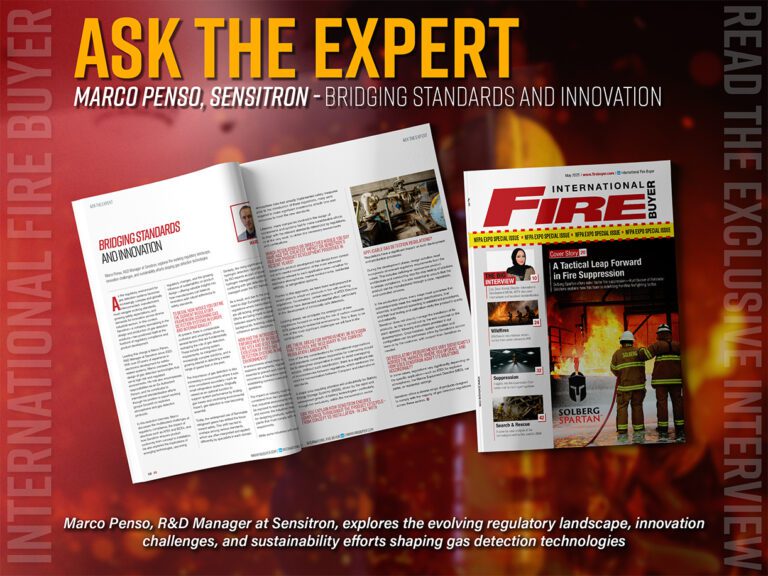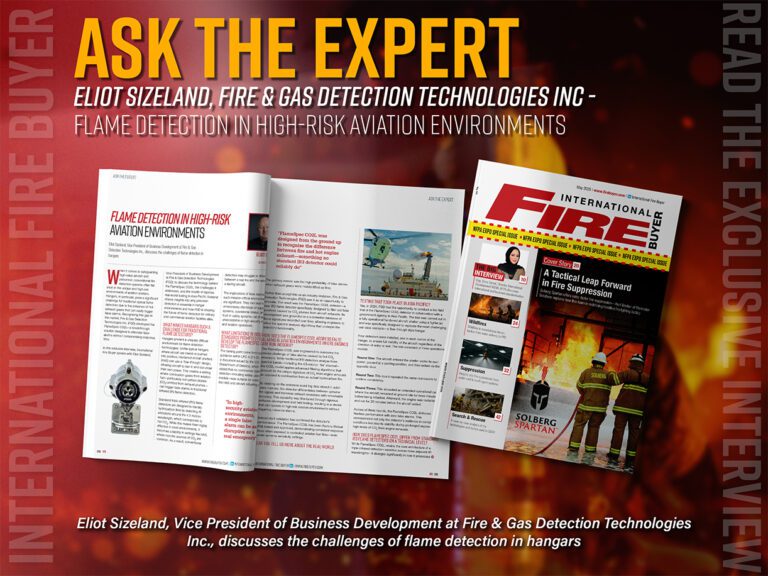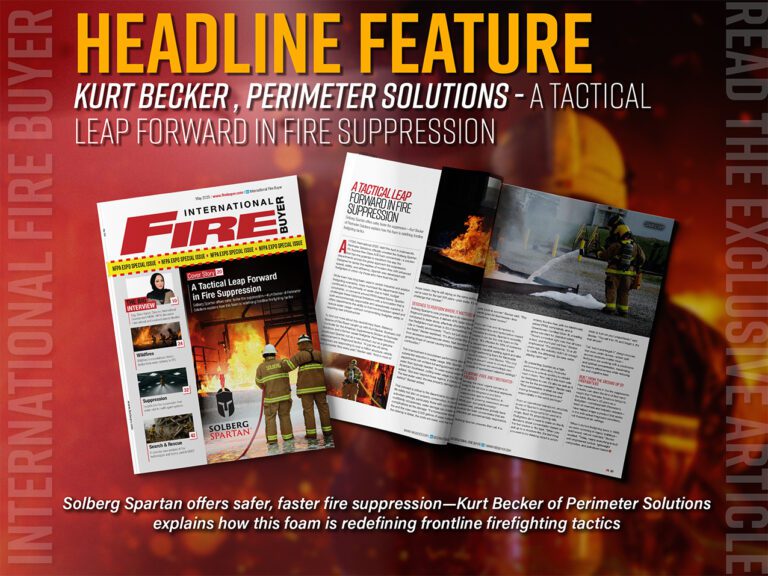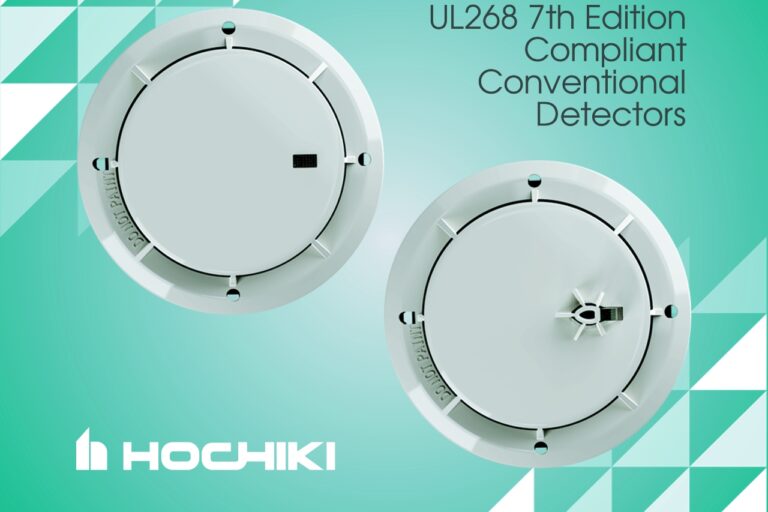No one doubts the destructive power of fire. However, some areas of society are more at risk of catastrophe than others: such as oil & gas, power plant and offshore facilities
Without fire detection, we would not have the society we have today – it’s as simple as that. In our tribal roots, fire detection was as simple as running to our neighbouring wattle-and-daub home in our ten-family hamlet and telling them there was a fire. As I’m sure many of you have deduced already, this technique doesn’t exactly fly these days. As technology and our mastery over the elements has developed with society, so has our ability to deal with forces of nature such as our dear old friend, fire. Before the industrial revolution, we did not have to classify buildings as higher or lower risk to fire: they were all as equally at risk as each other and without the widespread use of extremely flammable compounds and localised infrastructure, we did not need to prioritise the fire monitoring of one building over another. As the world grew, so did our capability of detecting smoke and fire. An absolute necessity, considering that society was developing at a frightening pace and the increasing use of fossil fuels and cumbersome machinery meant that the risk of fires was not only on the rise, but the severity of said fires were, too. The first rudimentary alarm systems were designed in 1852, so clearly people in that time were cognizant of the issue, but it wasn’t until the 1950s where reliable detection systems were established. Indeed, it was with the introduction of ionisation smoke detectors, utilising a small and harmless amount of alpha radiation, that more reliable detection was made widespread.
But, again, these systems were a generalised production, as specialist detection would take some time to research and develop to better cater for the emerging critical infrastructure facilities that only really started taking off after the Second World War. Sprawling power plants and substations and oil & gas facilities that reside both on and off shore started sprouting up everywhere as the world started to rebuild and with them ushered in new advanced methods of fire detection. Entire settlements and sometimes counties rely on these facilities: a fire in any one of these could be disruptive for hours or even days at a time. Let’s take a look at how leading detection manufacturers are creating ways to protect these integral facilities.
Offshore oil rigs are some of the most perilous locations on Earth. Offshore workers receive some of the highest salaries in their field due to the inherent danger they face on a daily basis. In locations such as the North Sea, temperatures rarely exceed freezing, with unabated, high-speed winds and turbulent waters that can prove fatal to even the most seasoned swimmer. On top of this, they are some of the most isolated working locations on the planet – rescue can take up to several hours to arrive, even if an incident is reported immediately. This is why impeccable and robust fire and gas detection is a necessity to ensure safety of the workers and their expensive cargo: it is also these hostile conditions that render conventional detection almost useless. Fire and gas behave differently out here and lead to many false alarms, calling into question the reliability of conventional detection.
To read the rest of this feature, see our latest issue here.
Never miss a story… Follow us on:
International Fire Buyer
@Firebuyer
Fire Buyer
Media Contact
Louis Curtis
Editor, International Fire Buyer
Tel: +44 (0) 1622 823 922
Email: [email protected]


